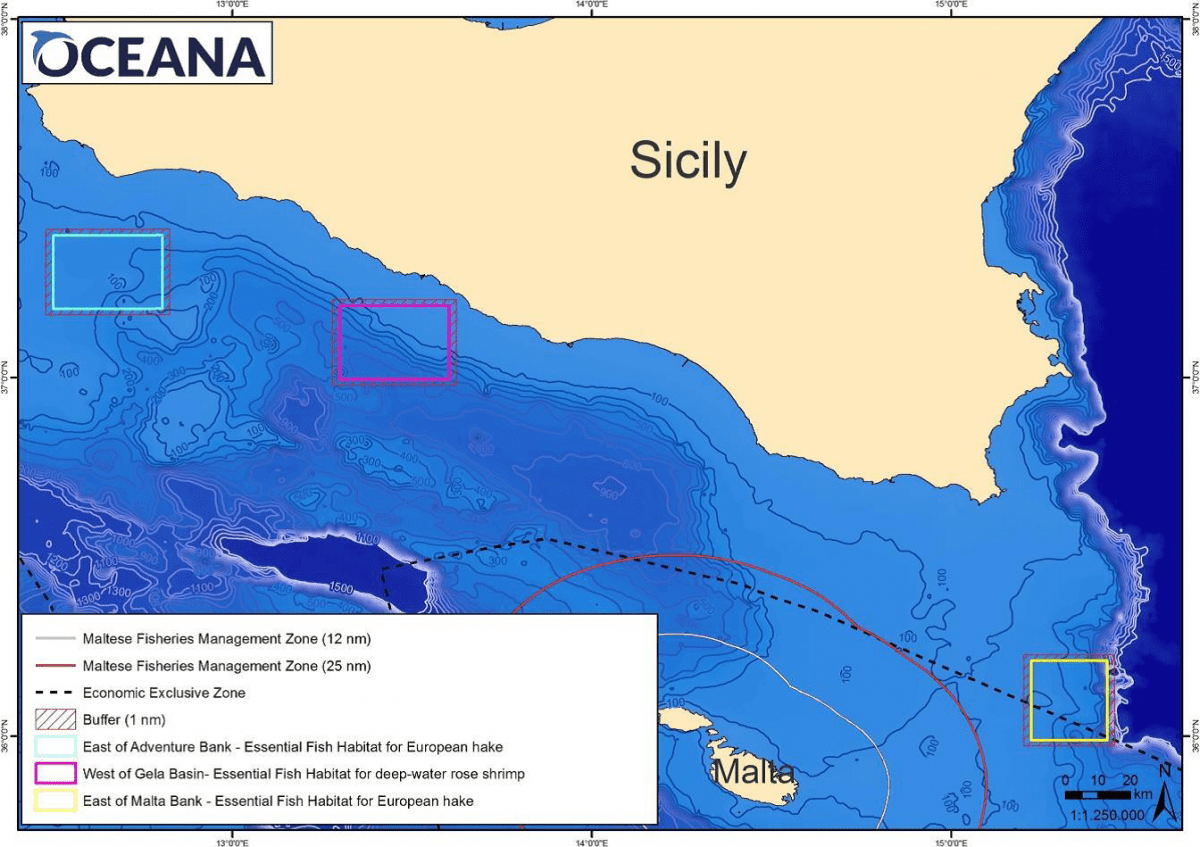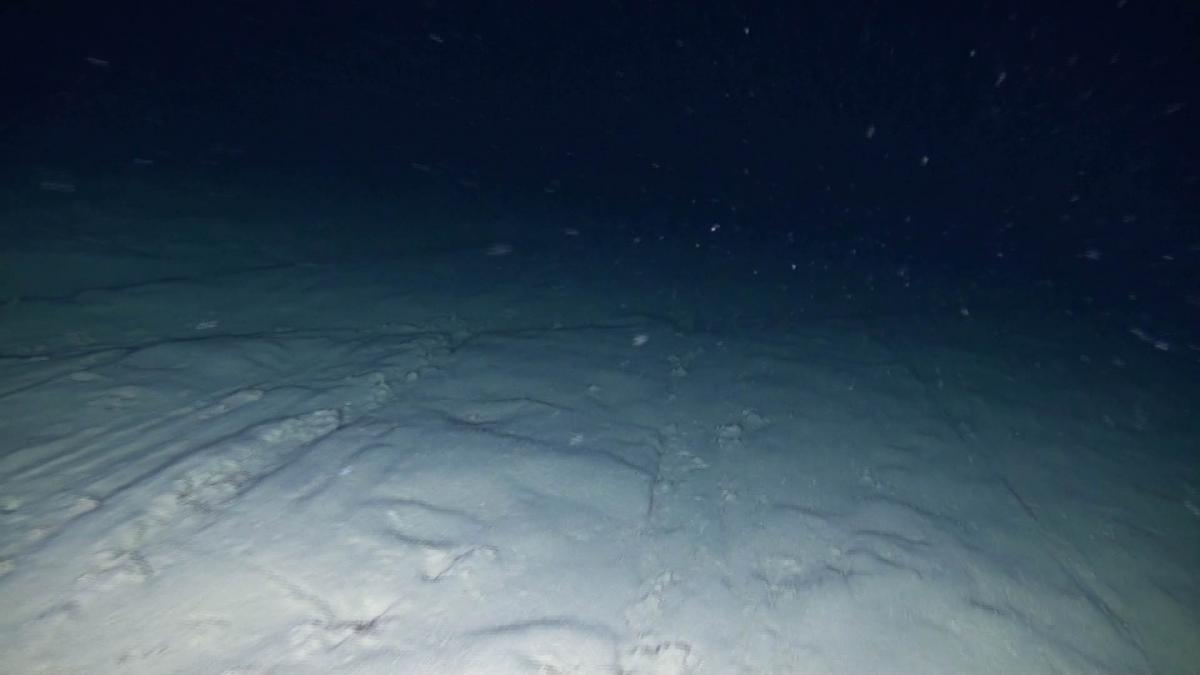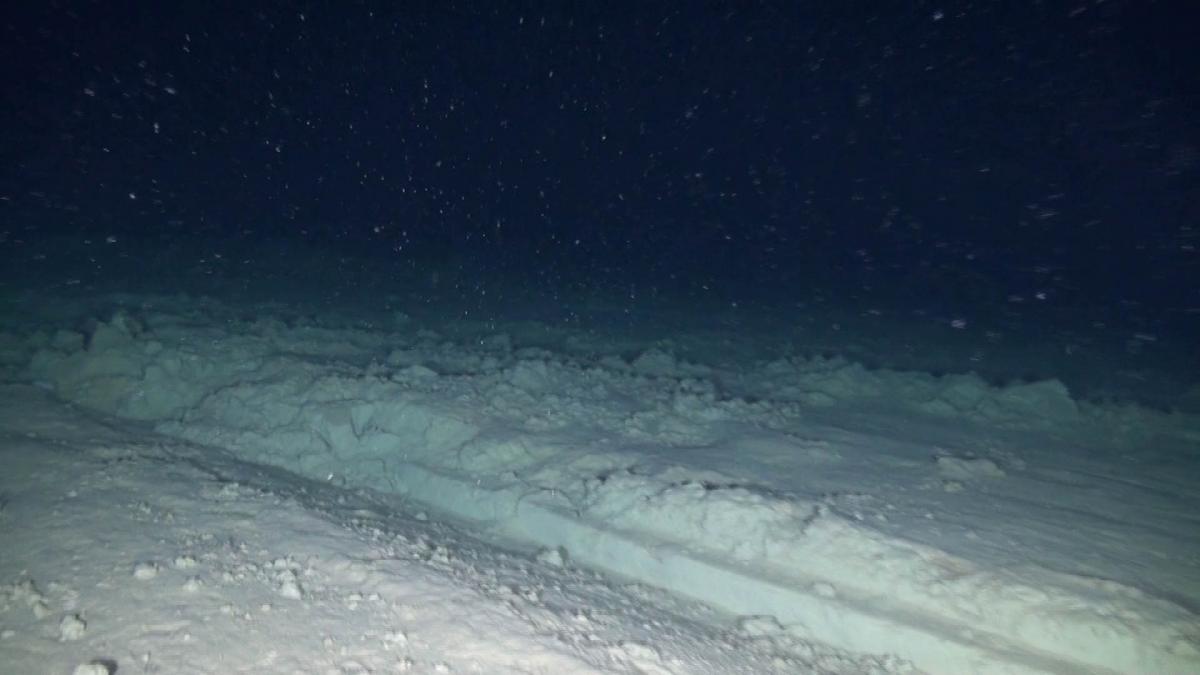Oceana unveils images of fish nursery areas damaged by bottom trawling in the Strait of Sicily
Press Release Date: June 1, 2016
Location: Madrid
Contact:
Marta Madina | email: mmadina@oceana.org | tel.: Marta Madina
Oceana calls to preserve these essential habitats for hake and deep-water rose shrimp during this week’s GFCM meeting
Today Oceana unveiled never-before-seen images from the Strait of Sicily, showing damage caused by bottom trawling in areas that are essential for the reproduction of hake and deep-water rose shrimp. On the occasion of the 40th Session of FAO’s General Fisheries Commission for the Mediterranean (GFCM), Oceana is calling for a plan to close trawling in these nursery areas, in order to reduce catches of juveniles and help restore some of the most overexploited stocks in the Mediterranean.
“Images filmed by Oceana’s research vessel show that where intensive trawling is occuring, the presence of hake nursery habitats, such as gorgonian gardens, is reduced. We have documented this on East of Malta Bank and Adventure Bank, two of the areas that we propose to close to this aggresive fishing technique. Trawling on essential fish habitats puts at risk the productivity of this stock and of the fishery itself, and affects the whole ecosystem”, said Lasse Gustavsson, Executive Director of Oceana in Europe.
This week, Mediterranean countries meeting in St. Julian’s (Malta) will discuss crucial decisions for hake and vulnerable marine ecosystems (VME). Among the issues on the negotiating table is the decision to close three areas to bottom trawling that are home to juveniles of hake and deep-water rose shrimp in the northern sector of the Strait of Sicily, as advised by GFCM scientists and based on a proposal submitted by Oceana in 2015. Oceana is also advocating for the creation of a working group of scientific experts to address issues related to the protection of VMEs such as deep-sea coral reefs and sponge aggregations.
 |
 |
 |
Learn more: Time for action to recover stocks and protect juveniles

